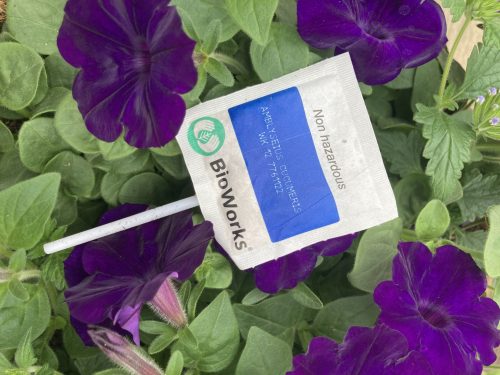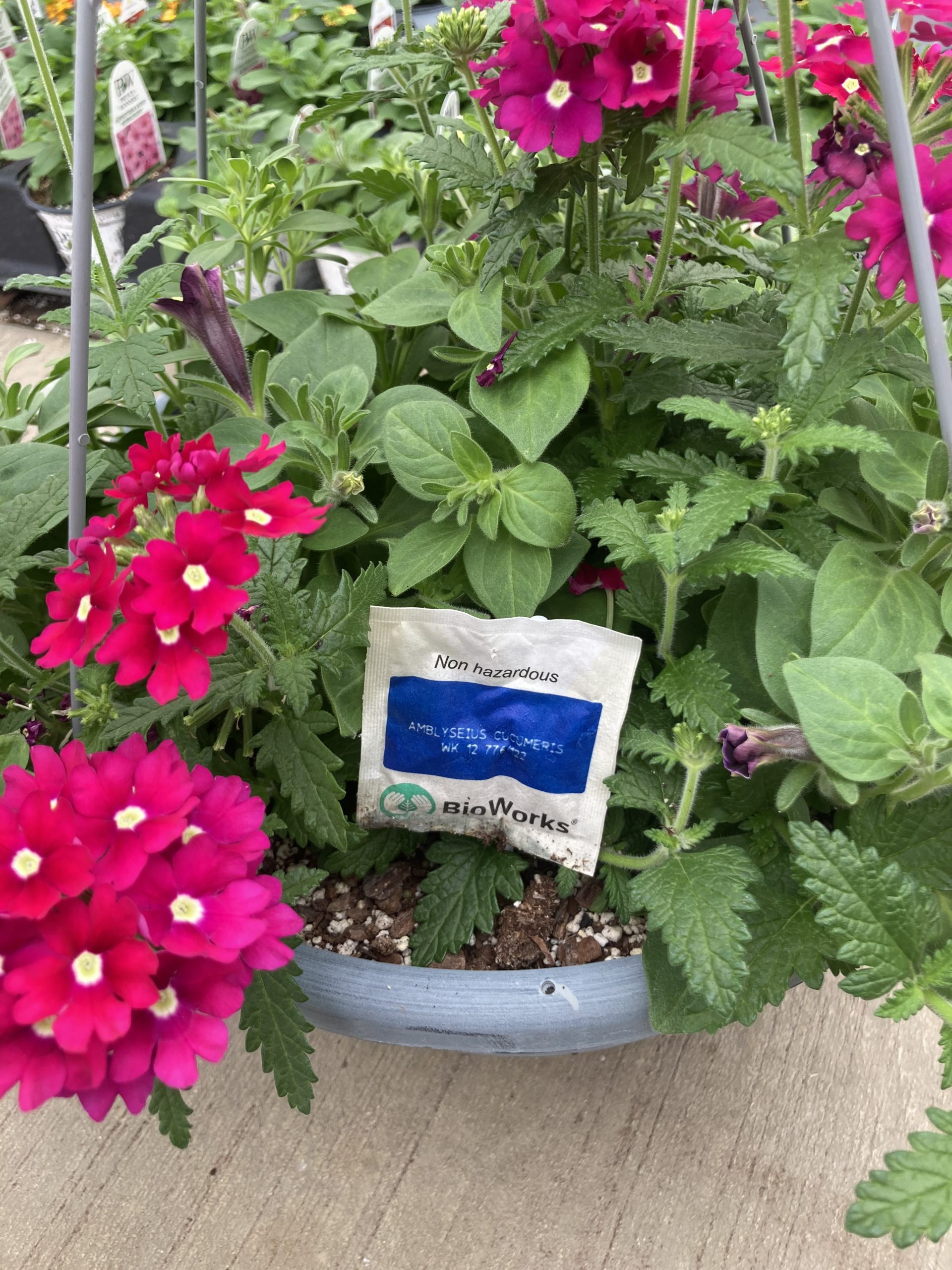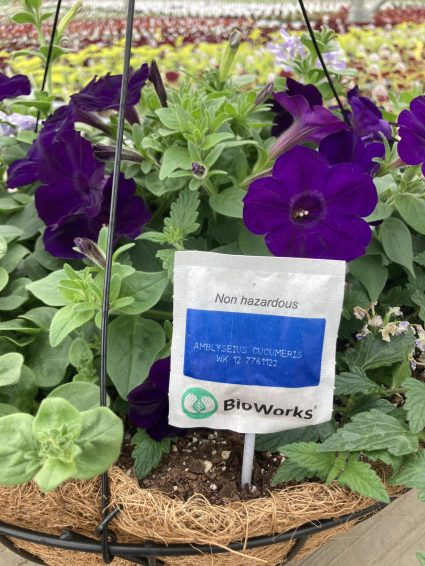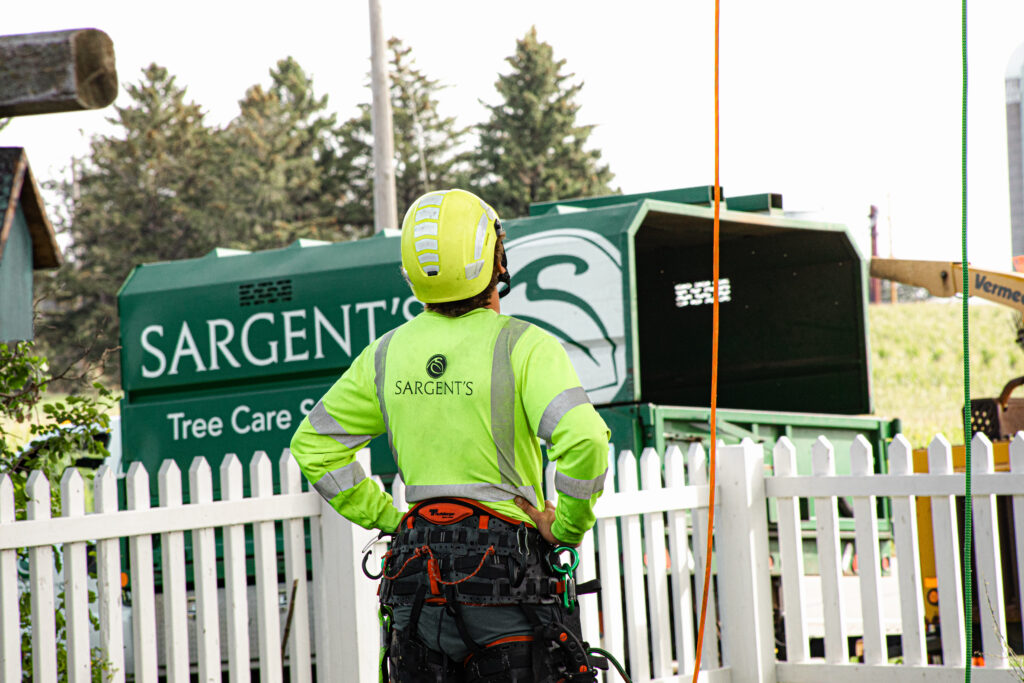Using Beneficial Insects to Cultivate a Brighter Future
The role of pesticides in modern agriculture
An unfortunate reality is that pesticides play a critical role in agriculture. From the food we eat to the flowers in our garden, there is a need to protect these products from pests. And many ‘organic’ pesticides, although derived from naturally occurring chemicals, are often as destructive and hazardous as their synthetic counterparts. As lovers of the natural world, this poses quite the conundrum. How do we provide the healthy, beautiful plants we are known for, while also protecting our planet and our people? For the past two years, Sargent’s has been exploring an option that aims to do just that. In short, we’re fighting bugs with bugs.
Bugs to the rescue
As it turns out, not all bugs are bad. To put it simply, beneficial insects are bugs that eat other bugs. Known to feast on aphids, ladybugs are an iconic example of a beneficial insect. Other examples are predatory mites, nematodes, certain parasites, and many more. In recent years, commercial growers have been turning to these insects to help them combat the hordes of pests trying to invade our greenhouses.

The Pros of beneficial insects
Many pesticides are known as ‘broad spectrum’ pesticides. These pesticides are non-discriminatory killers. This means that when sprayed, the pesticide kills both good and bad insects. This includes any bees or pollinators who get caught in the crossfire. When you use beneficial insects, you cannot use these types of pesticides because you’d be killing off the good bugs. This forces growers to use pesticides that specifically target the intended species, leaving the beneficial bugs alive and healthy.
Pesticide use is so rampant in agriculture and the green industry that we often see pests that develop pesticide resistance. This creates a cycle of needing stronger and stronger pesticides to get the same effect. Beneficial insects break this cycle. As a biological solution (rather than chemical), beneficial insects can combat pests who have built up a tolerance to pesticides. This makes them much more viable on a long-term basis.
Lastly, beneficial insects help protect people. Pesticides need manufactured, shipped, handled, and applied. This work is done by human beings. By reducing the reliance on pesticides, humans will naturally have less exposure to dangerous chemicals.
A single ladybug in a late larval stage will eat as many as 250 aphids in a day.
Beneficial Insects at Sargent’s
Sargent’s began experimenting with beneficial insects in 2020. The results have been so positive that we have expanded our efforts and are using beneficial insects throughout our growing operation. Populations of beneficial insects are released into our greenhouses at specific intervals throughout early spring. These insects feed on any pests, keeping their population in check. Over time, the population of predator and prey become balanced. A sort of ecosystem emerges, similar to what happens in nature. This balance is then naturally maintained throughout the growing season.
A healthy, prosperous future for all is something that Sargent’s has always aspired towards. Our beneficial insect program is another way in which we are pursuing that vision. We will continue to explore options that reduce, and maybe someday eliminate, the need for pesticides.


Learn Something? Share it with your friends!
Recent Blog Posts







